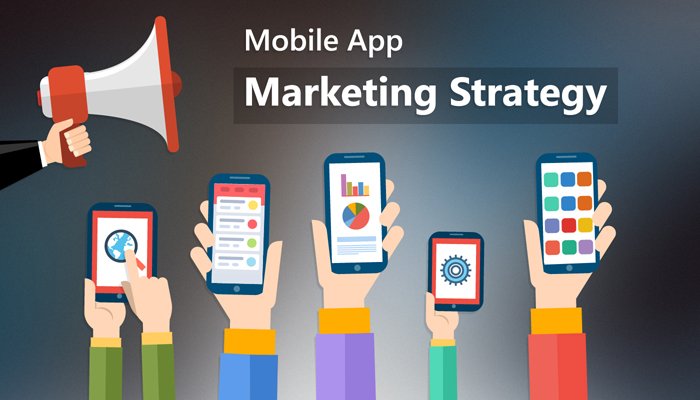App Design
User Interface (UI) Design: The look and feel of your app, including its layout, colors, typography, and interactive elements. A clean, intuitive UI enhances the user experience and drives engagement.
User Experience (UX) Design: UX design focuses on creating a seamless journey for users, ensuring they can easily navigate the app, find what they need, and complete tasks without friction.
Prototyping and Wireframing: Creating mockups and prototypes to visualize the app’s structure and functionality before development begins. This helps identify potential issues and refine the design.
Responsive Design: Ensuring the app is optimized for various screen sizes and devices, from smartphones to tablets, providing a consistent experience across platforms.


Quality Assurance (QA)
Functional Testing: Ensuring all features and functionalities work as expected.
Usability Testing: Evaluating the app’s usability and ensuring it provides an intuitive user experience.
Performance Testing: Assessing the app’s speed, responsiveness, and stability under various conditions (e.g., heavy traffic, limited resources).
Security Testing: Identifying potential security risks and vulnerabilities, ensuring that user data is protected.
Compatibility Testing: Ensuring the app functions well across different devices, screen sizes, and operating systems.
Bug Fixing: Identifying and resolving any bugs or glitches before the app is launched.
App Development
Native App Development: Building apps specifically for one platform (iOS or Android) using platform-specific programming languages (Swift for iOS, Kotlin for Android). Native apps deliver superior performance and are ideal for complex functionalities.
Cross-Platform App Development: Using frameworks like React Native, Flutter, or Xamarin to build apps that work seamlessly across multiple platforms with a single codebase. This is cost-effective and ensures wider reach.
Backend Development: Creating the server-side infrastructure that powers your app’s data storage, security, and processing. A strong backend ensures smooth data flow and responsiveness.
API Integration: Connecting your app with third-party services or APIs (e.g., payment gateways, social media, or cloud services) to extend functionality.


Deployment & Launch
App Store Optimization (ASO): Optimizing your app’s title, description, keywords, screenshots, and reviews to ensure it ranks higher in app store search results and attracts more downloads.
Beta Testing: Before the full launch, beta testing with a limited audience helps gather feedback, identify bugs, and make final adjustments.
Publishing to App Stores: Submitting your app to the relevant app stores, following their guidelines and approval processes.
Monitoring & Analytics: After launch, monitoring user feedback, app performance, and analytics to identify areas for improvement or feature updates.
App Marketing
App Store Optimization (ASO): As mentioned earlier, optimizing your app’s visibility in the app store is crucial for driving organic downloads.
Social Media Marketing: Promoting your app on platforms like Instagram, Facebook, Twitter, and LinkedIn to reach potential users. Social media ads, influencer partnerships, and organic posts can boost awareness.
Content Marketing: Creating engaging content such as blog posts, videos, and tutorials to drive traffic to your app and increase its credibility.
Referral Programs: Encouraging existing users to refer friends or colleagues in exchange for rewards, boosting your app’s user base.
Paid Advertising: Running targeted ads on platforms like Google Ads, Facebook Ads, or Instagram Ads to reach a wider audience and increase app downloads.

